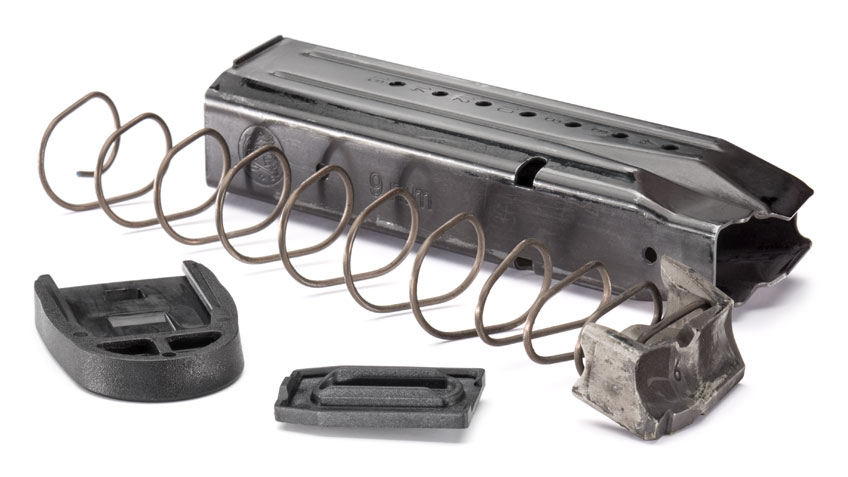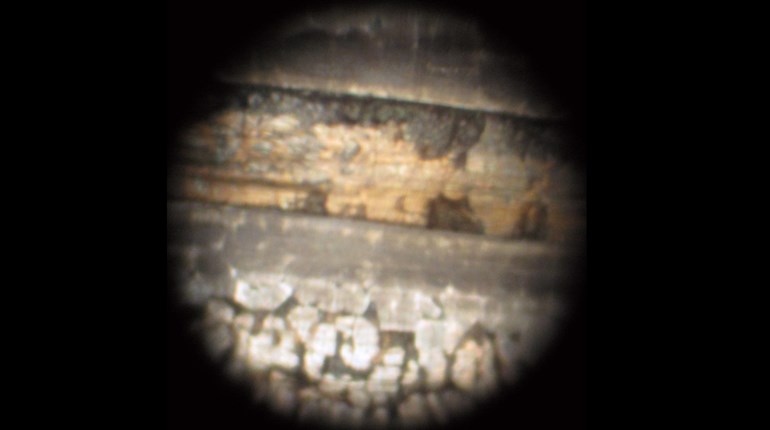
I can only afford three magazines for my Smith & Wesson M&P9 right now, although I am saving to buy two more sometime soon. I use the pistol for personal protection and competing in small, local matches. My friends tell me that I need to have two sets, one for carry and one for competition. They also tell me I should have at least five magazines in each set, though unfortunately that concept is not in the budget at this time. If I take care of the magazines that I have, what’s wrong with using them for both purposes until I can afford to purchase more? Please provide some guidelines so I can be sure I am taking care of my magazines correctly.
Jimmy Kerr, Via email
Magazine maintenance is a foreign subject to many people. Detailed inspection, other than a cursory look now and again, is an equally overlooked subject for many gun owners.
While you may not own as many magazines as suggested, take care of what you currently have. Then rest assured, they will rise to the occasion when the time comes to perform on the street or on the range.
Get in the habit of maintaining your magazines every time you maintain your pistol. For optimal performance, that should be every time you shoot it. This will mitigate the potential for failures on any occasion when you carry the pistol.
Think of magazine maintenance as a four-step process, much like the way you maintain your pistol. The steps are cleaning, inspection, lubrication and checking for function.
Cleaning will require disassembly of the magazine down to its individual components. Once that’s done, wipe off, brush out or otherwise remove any dirt, debris or firing residue that has accumulated. This readies the parts for inspection, since the accumulated material could mask deficiencies that are now exposed.
Inspection should include a visual overview in good light, looking for cracks, dents, burrs or other abnormalities, causing it to look or feel different from a new magazine. Pay particular attention to the shape and condition of the feedlips at the top of the magazine. If other-than-normal surface wear is noted, the magazine should be sidelined, and a second opinion should be obtained from a gunsmith or trusted firearm professional regarding its serviceability.
If the magazine passes inspection, protecting the metallic surfaces from rust and corrosion with a lubricant/preservative is the next step. This can be as simple as wiping down all the metallic surfaces of each component with an oily cloth, followed by a clean cloth to remove the excess that may have been left. This will provide a molecular barrier of protection from the environment without the danger of contaminating the ammunition to be used in the pistol. Once lubrication is complete, the magazine can be reassembled and checked for function.
Function checking a magazine is pretty simple: First, load the magazine to capacity to ensure it will hold the designated number of rounds for which it was made. Next, remove each round, taking your time, until the last one is left in the magazine. Tap the back of the magazine on your palm to ensure that round maintains its position. This will prove that the magazine spring is exerting sufficient tension on the ammunition to allow all rounds to feed properly into the pistol.
Treat each magazine in the same manner and you should be confident that they will do their job when the time comes for them to perform.
It’s always good to have extra magazines for your pistol as a backup measure, but with proper maintenance on your equipment you should be served well with what you can currently afford.



































